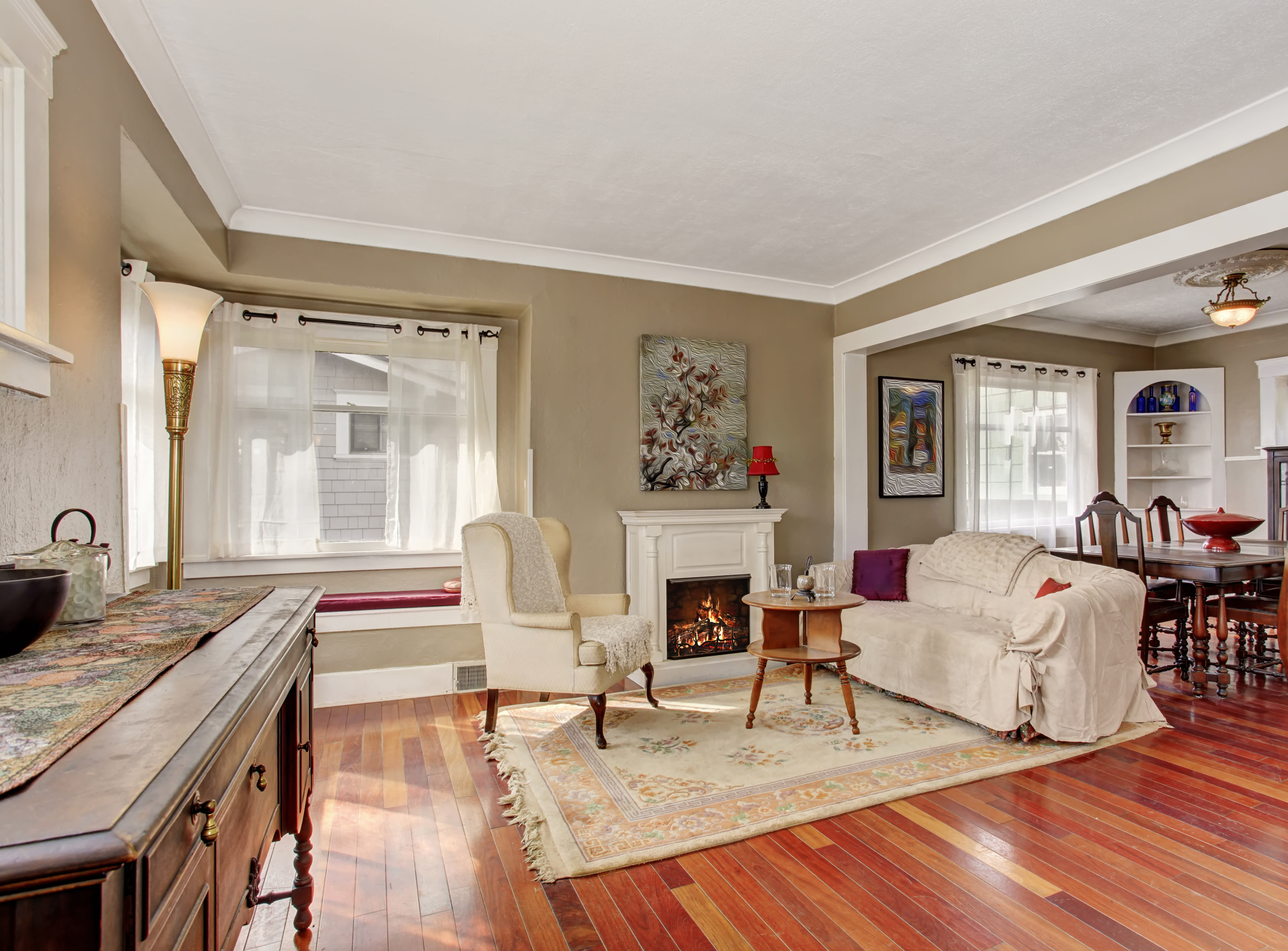Wooden floors are known for their timeless beauty and warmth, making them a popular choice among homeowners in Tulsa, OK. However, they are also susceptible to damage, and one often overlooked factor is humidity.
Understanding the Impact of Humidity
Humidity refers to the moisture content in the air. Wood is a natural material that readily absorbs and releases moisture. When the humidity levels in your home fluctuate, it can have a profound impact on your wood floors. Here's how humidity affects them:
Expansion and Contraction
Wood floors expand when exposed to high humidity and contract in dry conditions. This constant swelling and shrinking can lead to several issues, including:
Gaps and Separations: High humidity can cause wood boards to expand and press against each other, leading to gaps and separations when the humidity decreases.
Cupping: Excessive moisture can result in the edges of wood floorboards curling upward, creating a cupped appearance.
Warping: Wood floors may warp, bow, or twist due to uneven moisture absorption and release.
Squeaky Sounds
Humidity-related expansion and contraction can also lead to squeaky wood floors. When floorboards rub against each other or the subfloor, they create friction and produce those annoying sounds. Repairing these issues often involves securing the boards and addressing the root cause of the moisture imbalance.
Mold and Mildew Growth
High humidity levels provide an ideal breeding ground for mold and mildew. When moisture seeps into the wood, it can create a damp environment that fosters the growth of these unsightly and potentially harmful fungi. Regularly monitoring and controlling indoor humidity can help prevent mold and mildew on your wood floors.
Finish and Coating Damage
Excessive humidity can affect the finish and coatings on your wood floors. Moisture can penetrate the surface, leading to:
Blistering: Bubbles or blisters may form in the finish due to moisture trapped beneath.
Peeling: In some cases, the finish may start to peel away from the wood surface.
Preventing Humidity-Related Wood Floor Damage
To protect your wood floors from humidity-related damage, consider the following preventive measures:
Maintain Proper Indoor Humidity: Invest in a humidifier and dehumidifier to maintain consistent indoor humidity levels between 30-50%. This range is generally safe for wood floors.
Use Area Rugs and Mats: Place area rugs and mats in high-traffic areas to help reduce moisture exposure and wear on your wood floors.
Regular Cleaning and Maintenance: Keep your wood floors clean and dry, and promptly clean up any spills to prevent moisture from seeping into the wood.
Seal Gaps and Cracks: Regularly inspect and seal any gaps, cracks, or openings in your wood floors to prevent moisture infiltration.
Protect Your Investment with Wood Floor Repair
Humidity plays a significant role in wood floor damage, and understanding its effects is crucial for preserving your beautiful wood floors. By maintaining proper indoor humidity levels, monitoring for signs of damage, and taking preventive measures, you can extend the life of your wood floors and avoid costly wood floor repair.
If your wood floors have already suffered humidity-related damage in Tulsa, OK, Brucke Flooring Co. is here to help. Our expert team specializes in wood floor repair, restoration, and maintenance. Contact us today to schedule an assessment and ensure your wood floors regain their former glory.








